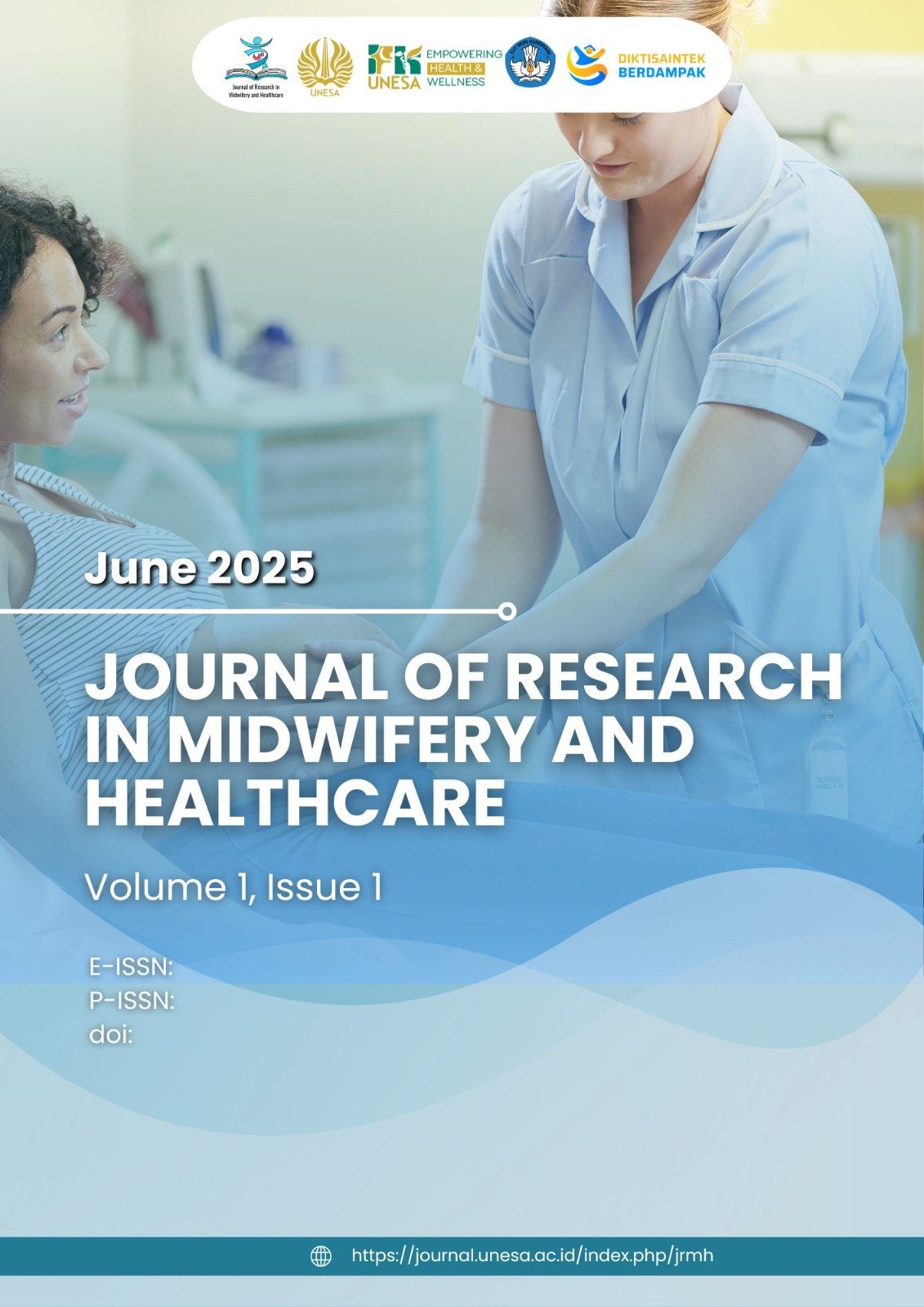Potential Effects of Tempeh Extract on Ovarian Folliculogenesis in Female Wistar Rats
Keywords:
Phytoestrogen, Tempeh extract, Ovarian follicle, Genistein, FolliculogenesisAbstract
Phytoestrogens such as genistein, abundantly found in tempeh—a traditional Indonesian fermented soybean product—have been shown to exhibit estrogen-like activities. These compounds may influence ovarian function, particularly folliculogenesis, but their dose-dependent effects remain controversial. This study aimed to investigate the potential effects of tempeh extract on ovarian folliculogenesis in female Wistar rats as an experimental model to assess the possible reproductive implications of phytoestrogen consumption. This true experimental study used a randomized post-test only control group design and was conducted as part of the first author's undergraduate thesis at Universitas Brawijaya. Twenty-four healthy female Wistar rats (aged 4–8 weeks) were divided into four groups (n = 6). The control group received no treatment, while treatment groups received oral tempeh extract at doses of 7.5 mg, 15 mg, and 30 mg per 200 g body weight for 28 days. On day 29, ovarian tissues were collected, stained, and examined histologically to quantify primary, secondary, Graafian, and atretic follicles. Data were analyzed using non-parametric statistical tests. Although no statistically significant differences were observed among groups (p > 0.05), a descriptive trend indicated a reduction in early-stage follicles and an increase in Graafian and atretic follicles in the treatment groups. These changes suggest dose-dependent modulation of folliculogenesis. Tempeh extract may influence ovarian follicular dynamics, potentially accelerating follicular maturation or atresia. These findings highlight the need for further research to evaluate the reproductive safety of long-term phytoestrogen exposure from soy-based diets in women of reproductive age.
Downloads
Published
How to Cite
Issue
Section
 Abstract views: 50
,
Abstract views: 50
, PDF Downloads: 59
PDF Downloads: 59





 The Journal of Research in Midwifery and Healthcare (JRMH), published by the
The Journal of Research in Midwifery and Healthcare (JRMH), published by the 